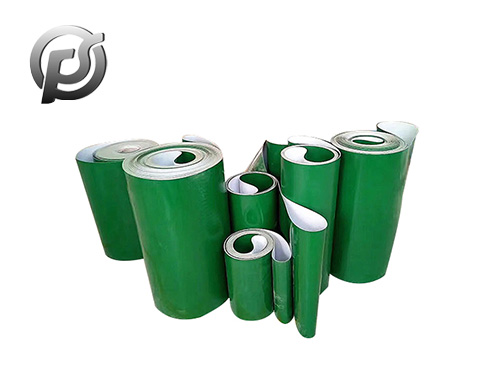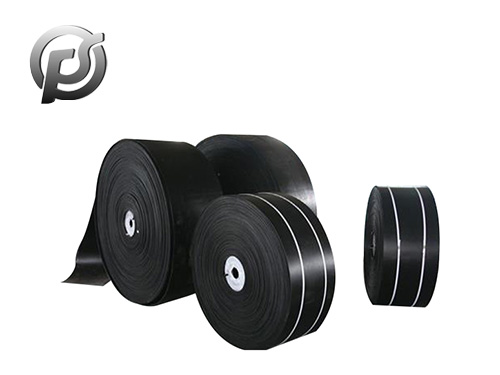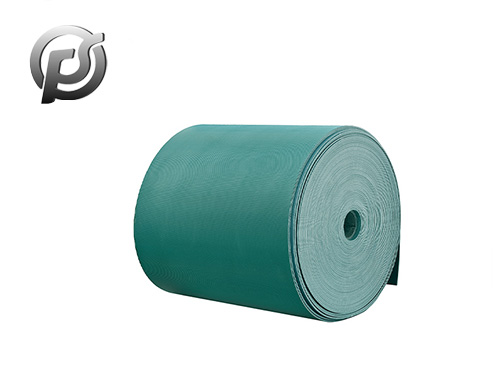Belt conveyor is mainly composed of frame, conveyor belt, belt roller, tensioning device, transmission device and so on. Belt conveyor is a kind of common machinery in production and life, because of its conveying capacity, relatively small power consumption, can adapt to a variety of materials and other advantages, it is widely used.
Installation sequence of belt conveyor:
Before the belt conveyor installation needs to do a good job of organization and technical disclosure. Specifically: establish a reasonable installation management organization, clarify the responsibilities of relevant responsible personnel; Do a good job of technical disclosure, such as construction, drawing design, operating specifications and acceptance standards; Provide technical training on the use, transportation and installation of related equipment to ensure the installation quality.
The installation sequence of the belt conveyor is as follows: preparation before installation → measuring and setting out to determine the location and Angle of the belt conveyor → acceptance of roadway foundation → transportation of the head, tensioning equipment, intermediate support, tail and other equipment → head installation and alignment → tensioning device installation and alignment → middle support installation → tail installation → belt laying and connecting → commissioning → trial run.
Analysis and treatment of abnormal noise problem and belt slip:
Noise caused by idlers deviating from the center. Belt conveyor in the process of running, the roller is easy to appear noise device, and will be accompanied by periodic vibration. On the one hand, the noise is due to the uneven thickness of the seamless steel tube wall in the process of manufacturing idlers, which makes the idlers produce relatively large centrifugal force. On the other hand, because in the process of processing the idlers, there is a large deviation between the middle of the bearing holes at both ends and the center of the outer circle, which will also produce relatively large centrifugal force, resulting in abnormal noise. To deal with the problem of abnormal noise, first check the bearing of the belt conveyor, if the bearing is damaged, then replace the bearing, if the bearing is not damaged, then take other ways to deal with it.
For the shaft of the coupling caused by different noise problems, the position of the motor reducer can be adjusted accordingly to solve.
For the abnormal noise problems brought by the drum, it is generally caused by bearing damage, so the replacement of bearings can be done. For the belt slip phenomenon, if it is the hammer tension belt machine slip. You can add counterweight until the belt does not slip, but it needs to be noted that the addition can not be too much so as to avoid too much tension but affect the service life of the belt. If it is spiral tension or hydraulic tension belt machine slip problem. The tension force of the belt can be increased by adjusting the tension stroke. It should be noted that this treatment may cause deformation of the belt. When this problem occurs, the deformed belt can be cut off for subsequent operations.
 Optimizing Operations with PE Conveyor Belts: Durability, Efficiency, and Versatility
Optimizing Operations with PE Conveyor Belts: Durability, Efficiency, and Versatility
 Exploring the Efficiency and Versatility of Light Conveyor Belts
Exploring the Efficiency and Versatility of Light Conveyor Belts
 Polyester Conveyor Belts: Enhancing Efficiency and Reliability in Material Handling
Polyester Conveyor Belts: Enhancing Efficiency and Reliability in Material Handling